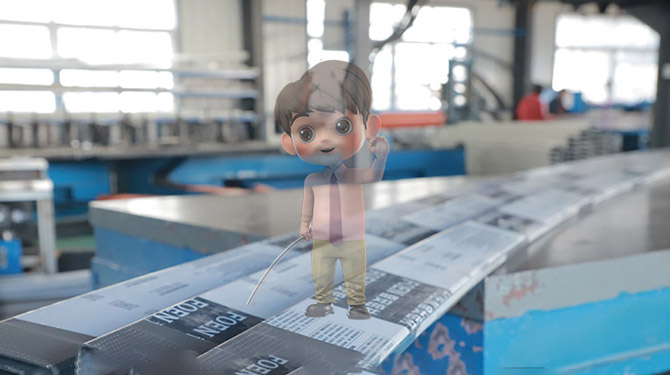Quality Control in Metal Bending: Best Practices for Ensuring Consistent Results and Meeting Industry Standards
Metal bending is a critical process in the manufacturing industry, with applications ranging from automotive parts to structural components in buildings. Ensuring high-quality results in metal bending is essential not only for the performance of the final product but also for the safety and reliability of the structures and systems that depend on these components.
Quality control (QC) in metal bending involves systematic processes to monitor and control the quality of the bent metal products. The importance of quality control can be summarized in several key points:
1.Safety Assurance: Poorly bent metal components can lead to catastrophic failures in applications where structural integrity is critical. Ensuring quality helps mitigate risks associated with product failure.
2.Cost Efficiency: High-quality products reduce the likelihood of rework, scrap, and warranty claims, thus saving money in the long run.
3.Compliance with Standards: Many industries have specific standards and regulations that must be met. Effective quality control ensures compliance, thereby avoiding legal and financial repercussions.
4.Customer Satisfaction: Consistently high-quality products lead to increased customer satisfaction, which can enhance brand reputation and foster customer loyalty.

Best Practices for Quality Control in Metal Bending
1.Define Clear Specifications
Establish clear specifications for the dimensions, tolerances, and finish of the bent products. This includes detailed drawings and material specifications. Having well-defined criteria ensures that all team members understand the quality expectations and can work towards achieving them.
2.Implement Process Monitoring
Continuous monitoring of the metal bending process is vital. This can involve using sensors and automated systems to track parameters such as temperature, angle, and pressure during the bending process. Real-time data allows for immediate adjustments and prevents defects.
3.Conduct Regular Calibration of Equipment
Ensure that all bending machines and tools are regularly calibrated to maintain accuracy. Over time, equipment can drift from its optimal settings, leading to variations in product quality. Regular maintenance and calibration schedules should be established.
4.Utilize Advanced Inspection Techniques
Employ advanced inspection techniques to verify the quality of bent components. This can include methods such as laser scanning, ultrasonic testing, or X-ray inspection. These methods provide precise measurements and can detect internal flaws that may not be visible externally.
5.Train and Empower Employees
Invest in training programs to enhance the skills of employees involved in the metal bending process. Well-trained workers are more likely to recognize potential issues, adhere to quality standards, and contribute to a culture of quality within the organization. Encouraging employees to take ownership of their work can lead to improved outcomes.
6.Implement Statistical Process Control (SPC)
Use Statistical Process Control to analyze production data and identify trends. By utilizing control charts and other SPC tools, manufacturers can detect variations in the bending process and take corrective actions before defects occur. This proactive approach helps maintain quality throughout production.
7.Feedback Loops and Continuous Improvement
Establish feedback loops that allow for continual assessment of the quality control processes. After reviewing products, gather input from quality control inspectors, production workers, and customers. This information can be used to refine processes and implement improvements.
Quality control in metal bending is an essential aspect of manufacturing that directly impacts product safety, cost efficiency, and customer satisfaction. By implementing these best practices—defining clear specifications, monitoring processes, ensuring equipment calibration, utilizing inspection techniques, training employees, and fostering a culture of quality—manufacturers can achieve consistent results and meet industry standards. As the industry continues to evolve, investing in quality control will be crucial for maintaining competitive advantage and ensuring the long-term success of metal fabrication businesses.
11
2025-07
Number of visitors:1
HOT NEWS
-
High-Accuracy Curve Forming: Achieving Consistent Bends in Aluminum, Steel, and Alloy Materials
2025-11-27
-
Advanced CNC Tube Bending Technology: Achieving Consistent and Reliable Precision in Complex Shapes
2025-11-17
-
From Design to Execution: How Profile Bending Transforms Architectural and Industrial Projects
2025-11-10
-
Innovations in Door and Window Bending Processing: Key Techniques for Enhancing Product Quality
2025-11-01




 English
English Chinese
Chinese Japan
Japan German
German

 LIST
LIST
